5 of Brooklyn's Worst Disasters, From the Subway to the Sky
From the Brooklyn Theater Fire to the Glass House Disaster, some of the largest and most horrific losses of human life and property in Brooklyn have today been largely forgotten.

Brooklyn has experienced a variety of transit disasters and fires throughout its existence, yet many of the ones that caused a high loss of life and property have since been forgotten. From theater fires to plane crashes and building collapses, the incidents were all caused by man-made structures and machines.
Below, a guide to some of the borough’s most extreme yet least remembered tragedies.
—
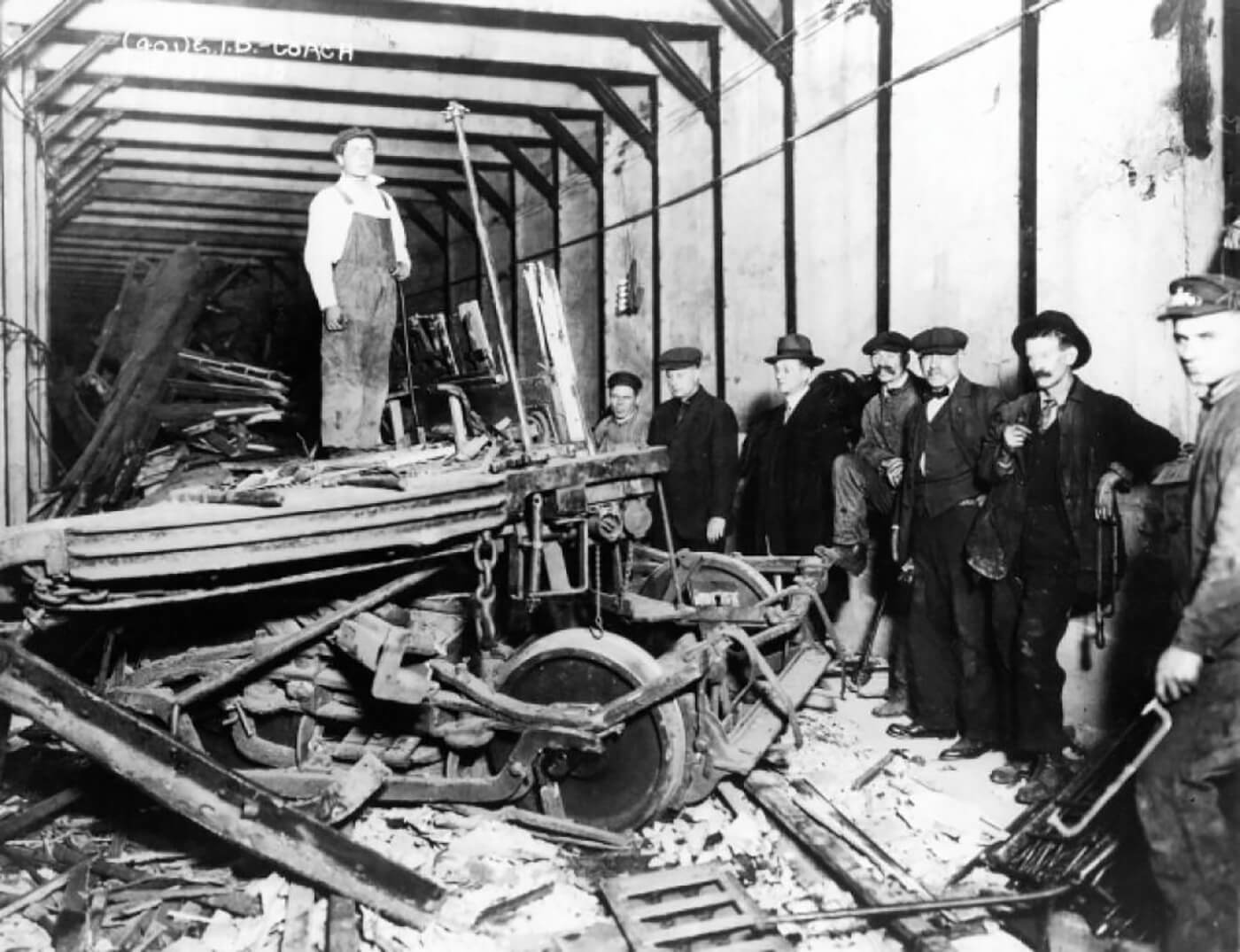
The Malbone Street Wreck
New York City’s worst transit disaster to date took place on November 1, 1918, beneath the busy intersection of Flatbush Avenue, Ocean Avenue and Malbone Street, which was renamed Empire Boulevard following the incident.
The event occurred when novice motorman Edward Luciano drove a five-car, wooden Brighton Beach–line train along a hairpin curve in a tunnel under Malbone Street at some 30 to 40 miles per hour — many times faster than its six-miles-per-hour speed limit.
As the packed rush-hour train entered the tunnel, the first car derailed and smashed into a concrete partition, leaving no known survivors. The second and third cars jumped the tracks completely, and many of the straphangers inside died instantly as the car’s sides were sheared off as the train scraped along the tunnel.
In all, the tragedy killed close to 100 people and left more than 250 injured.
—
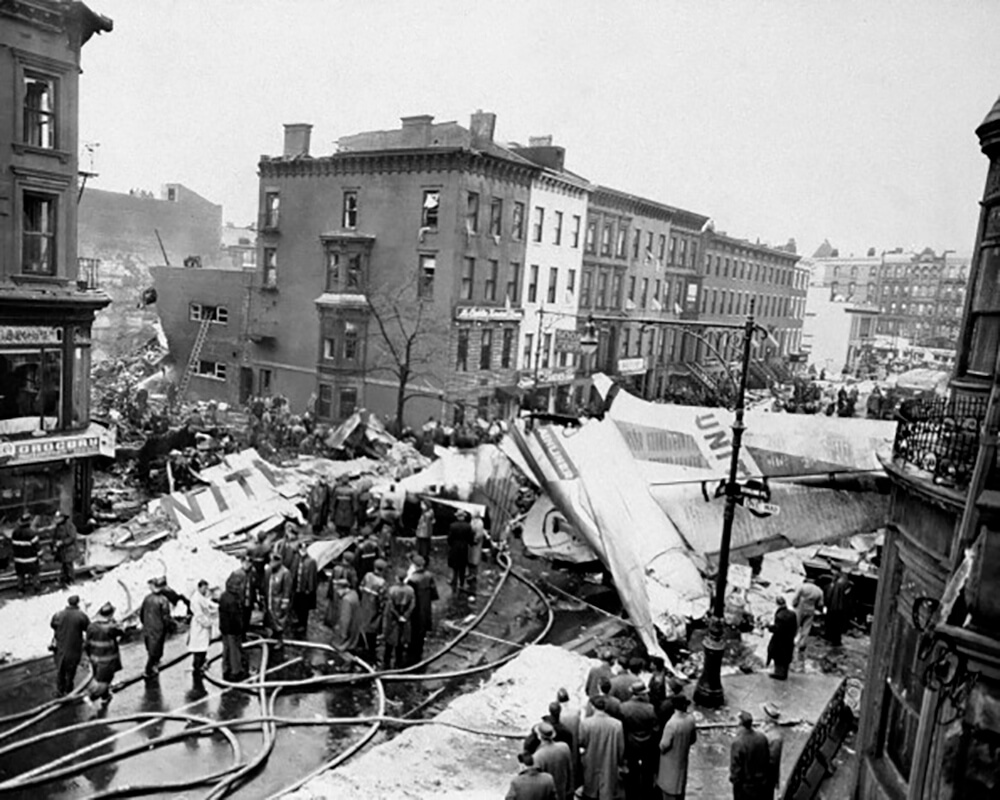
The Park Slope Plane Crash
Mid-morning on December 16, 1960, Idlewild-bound United Airlines Flight 826 partially lost its radio navigation and violently collided with Trans World Airlines Flight 266, sending both planes into a downward spiral with engines and debris blasting from the aircrafts as they fell.
The TWA flight crashed into Staten Island’s Miller Army Airfield, disintegrating as it plummeted, scattering parts into the Atlantic and passengers into nearby trees. The United Airlines flight crashed in Park Slope, where a church exploded, homes burst into flames and embalmed corpses fell onto the street as falling fuselage pummeled the McCaddin Funeral Home.
In all, 134 people were killed, six of them on the ground. Today, the site of the crash on Sterling Place and 7th Avenue is completely unmarked but for subtle, lingering damage on the surviving buildings.
—
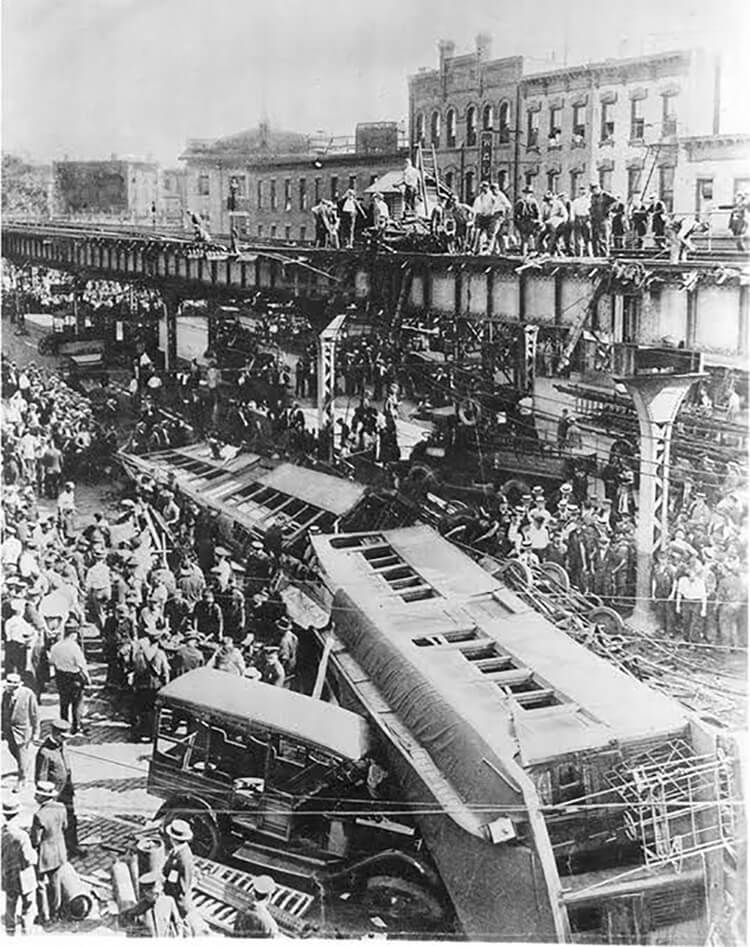
1923 Elevated Train Crash
In a now largely forgotten incident, a two-car train toppled off the elevated tracks at the intersection of Flatbush and Atlantic avenues on June 25, 1923, falling 35 feet to the street, killing eight and injuring 70.
“Those who died were fortunate it seemed to me when I looked inside the cars,” traffic officer Joseph J. Ryan said of the scene he surveyed immediately following the crash, according to Stuff Nobody Cares About. “They looked like my idea of purgatory.”
The cause of the incident was found to be the decayed state of the cars and road equipment, with the final straw being a broken axel. As a result of the wreck, a board was created to assess the conditions of elevated railroad lines citywide.
—
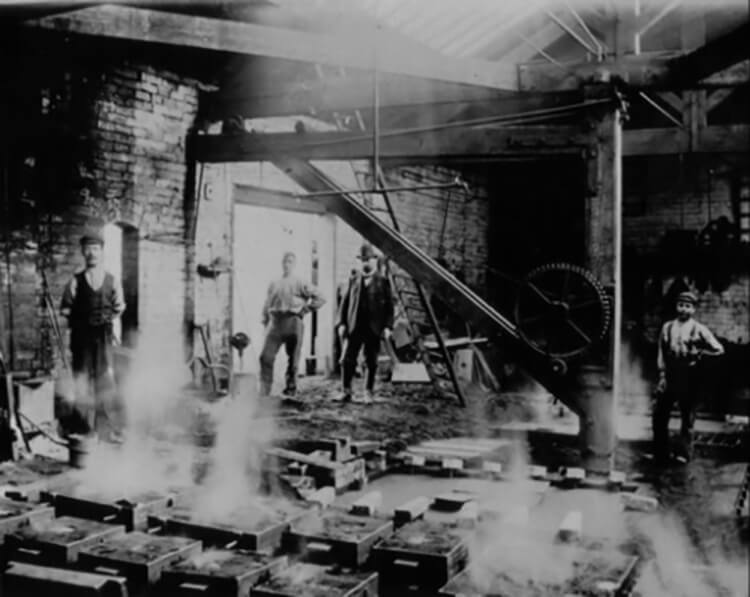
The Glass House Disaster
In the late 17th century, there was an H-shaped industrial park bordered by Hicks, State and Columbia streets that consisted of a series of connected buildings attached to the backs of tenements on Atlantic Avenue. After two fires, the complex was in dire need of structural repairs. The building’s agent, George Abbot, attempted to save money remedying the sagging structure by having novice workmen replace rotted basement beams sans permits and during production hours.
Shortly after the workers finished replacing the building’s beams, on May 5, 1885, the walls abutting the tenement buildings on one side of the structure started to collapse and a funnel-shaped hole opened up in the floor of a second-floor brass factory. Everything collapsed inward and down, with heavy machinery falling through the floors.
As building after building began catching fire, the collapsing walls crashed into the wooden tenements, pulling the backs down, and sending bricks and debris into the apartments. In all, 17 people died and 18 fire companies were called in to put out the flames.
—
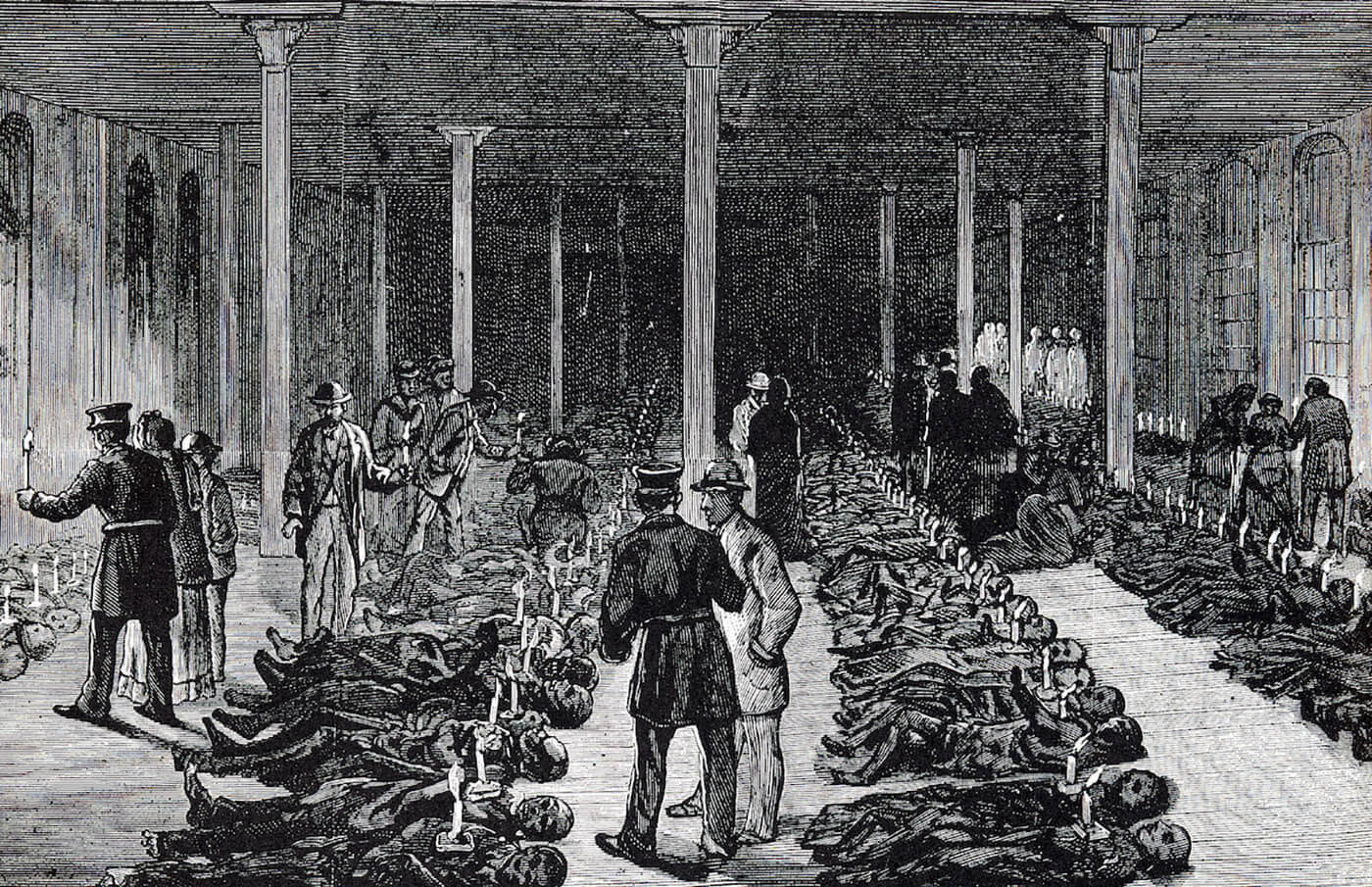
Brooklyn Theater Fire
On what is today the site of Cadman Plaza was once the location of Our Thesbian Temple Theater, which, on the night of December 5, 1876, became the site of the third worst fire in U.S. history.
The theater was packed with an estimated 1,000 people in the audience when, in the middle of the performance, a small fire started on the left side of the stage, seemingly caused by a piece of canvas staging coming in contact with the gas flame of a sidelight.
The fire quickly became out of hand, burning wood crashing onto the stage and the back of the theater turning into a raging inferno. People rushed the exits in a panic as the building collapsed around them.
Firefighters and police initially assumed most people had escaped, only to find hundreds of broken and burned bodies in the rubble the following day, largely the remains of those in the theater’s cheap “family circle” seating, located in the rafters, far from any exit, which had quickly filled with smoke.
Many of the dead, who were estimated to number in the 300 range, were buried in a mass grave in Green-Wood Cemetery.
Related Stories
The Berlinville Disaster
Sandy Disaster Relief Reality Show Proposed
The Throop Avenue Church Disaster
Email tips@brownstoner.com with further comments, questions or tips. Follow Brownstoner on Twitter and Instagram, and like us on Facebook.

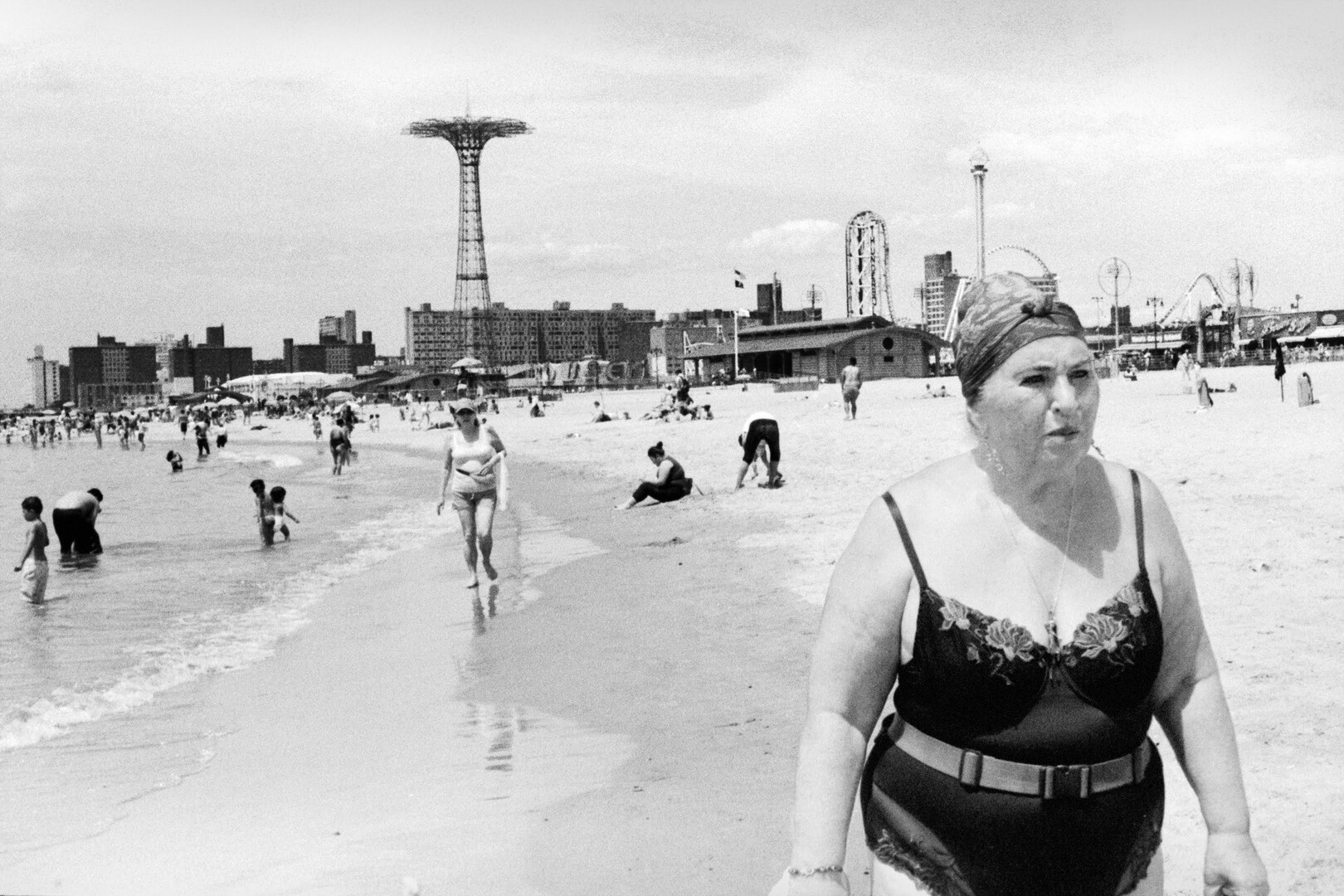

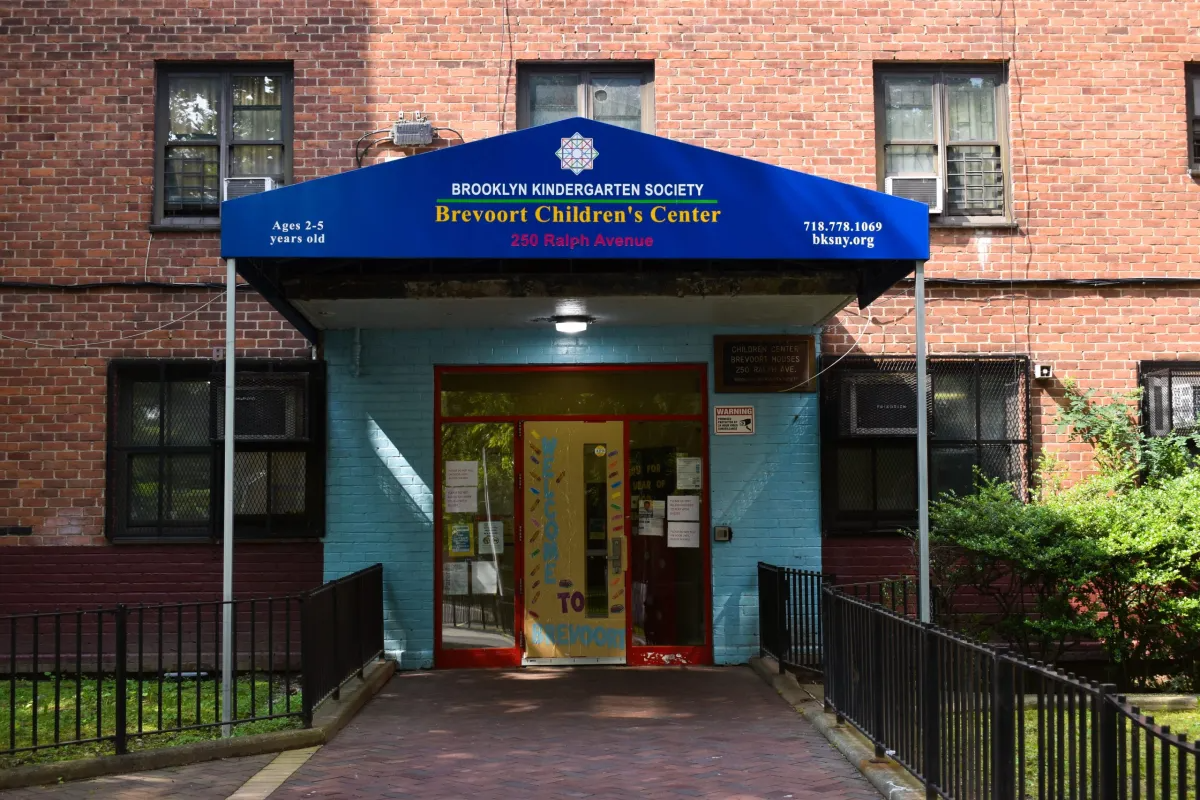
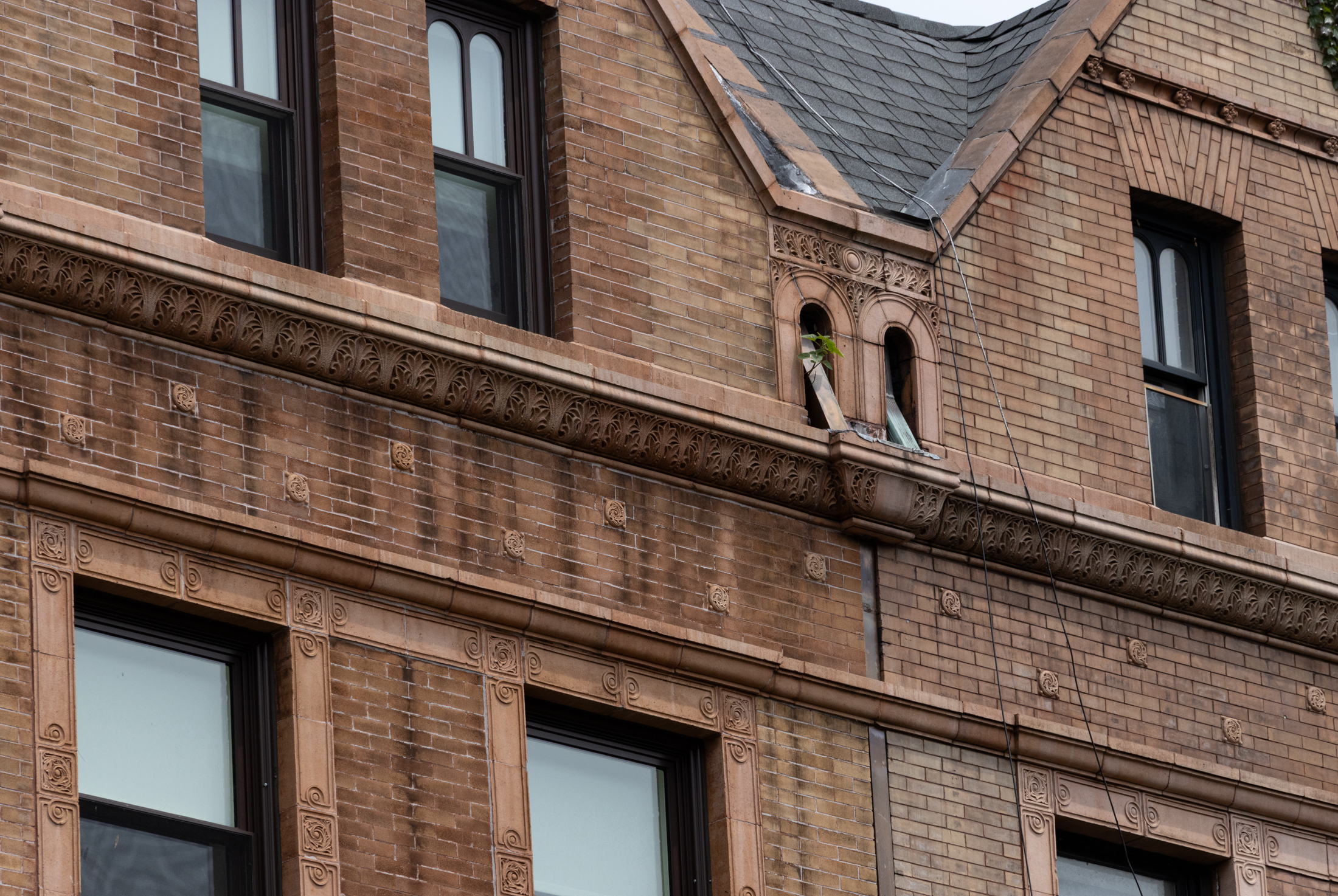
What's Your Take? Leave a Comment